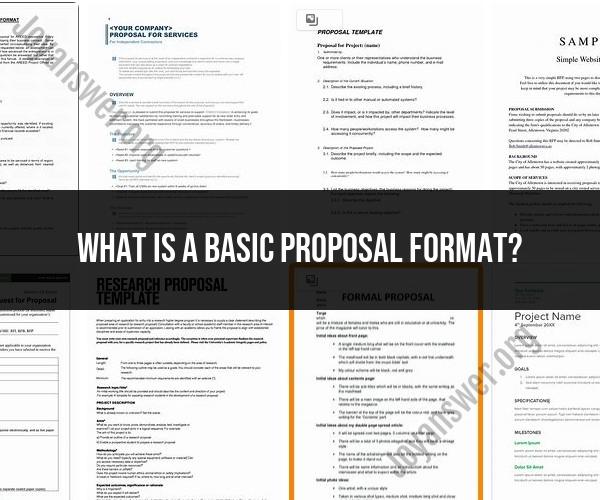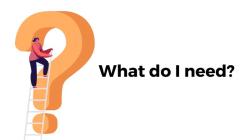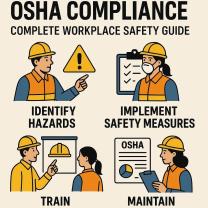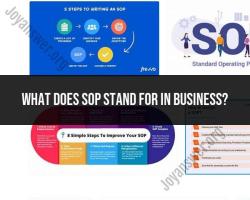What is a basic proposal format?
A basic proposal format typically includes key sections that help you present your ideas, plans, or solutions in a clear and organized manner. While specific requirements may vary depending on the context and the type of proposal (e.g., business proposal, project proposal, research proposal), here is a simple proposal format guide that covers the fundamental sections:
Title Page:
- Title of the Proposal
- Your Name (and Co-authors, if applicable)
- Date of Submission
- Contact Information (Address, Phone, Email)
Executive Summary:
- A concise summary of the proposal's main points, goals, and objectives.
- Provide an overview of what the proposal aims to achieve and why it's important.
Introduction:
- Begin by introducing the problem, need, or opportunity that your proposal addresses.
- Provide context and background information to help the reader understand the issue.
Statement of the Problem or Need:
- Clearly define the problem or need you are addressing.
- Explain why it's important and what consequences may arise if it's not addressed.
Objectives or Goals:
- State the specific objectives or goals of your proposal.
- Outline what you intend to achieve with your proposed solution or project.
Methodology or Approach:
- Describe the methods and strategies you plan to use to address the problem or meet the need.
- Explain the steps and processes involved in your proposed approach.
Budget and Resources:
- Present a detailed budget, including estimated costs and resources required for your proposal.
- If applicable, mention funding sources or financial projections.
Timeline or Schedule:
- Provide a timeline or schedule outlining the key milestones and deadlines for your proposal.
- This helps the reader understand the project's duration and sequence of activities.
Evaluation and Measurement:
- Explain how you will assess the success or effectiveness of your proposal.
- Specify the criteria and metrics you will use to measure outcomes.
Conclusion:
- Summarize the main points of your proposal.
- Emphasize the potential benefits of your solution or project.
Appendices (if necessary):
- Include any supplementary materials, documents, or references that support your proposal.
- This may include charts, graphs, additional data, or letters of support.
References or Citations:
- List any sources, references, or citations used in your proposal.
- Follow a consistent citation style (e.g., APA, MLA) if required.
Remember to tailor your proposal format and content to the specific requirements and expectations of your audience and the context in which you are submitting the proposal. Clarity, conciseness, and professionalism are key elements of an effective proposal.
The Fundamental Elements of a Basic Proposal Format
A basic proposal format typically includes the following elements:
- Cover page: The cover page should include the title of the proposal, the name of the proposer, the name of the client or recipient, and the date.
- Executive summary: The executive summary is a brief overview of the proposal, including the problem or opportunity, the proposed solution, and the benefits to the client.
- Problem statement: The problem statement describes the problem or opportunity that the proposal is addressing. It should be clear, concise, and well-defined.
- Proposed solution: The proposed solution describes how the proposer will address the problem or opportunity. It should be specific, feasible, and cost-effective.
- Benefits: The benefits section describes the benefits that the client will receive from the proposed solution. It should be clear, concise, and persuasive.
- Implementation plan: The implementation plan describes how the proposed solution will be implemented. It should include a timeline, budget, and resources required.
- Conclusion: The conclusion summarizes the key points of the proposal and reiterates the call to action.
Crafting a Clear and Effective Proposal Structure
When crafting a proposal, it is important to consider the following tips:
- Use a clear and concise writing style. Avoid using jargon and technical language that your audience may not understand.
- Be specific and provide evidence to support your claims. Don't just say that your proposed solution is the best, explain why it is the best.
- Tailor your proposal to your audience. Consider the needs and interests of your client when writing your proposal.
- Proofread your proposal carefully before submitting it. Make sure that there are no errors in grammar, spelling, or punctuation.
Tips for Writing Winning Proposals in Standard Format
Here are some additional tips for writing winning proposals in standard format:
- Start with a strong executive summary. Your executive summary should grab the reader's attention and convince them to read the rest of your proposal.
- Be clear and concise in your problem statement and proposed solution. Avoid using jargon and technical language.
- Highlight the benefits of your proposed solution. What will the client gain by working with you?
- Provide a realistic and achievable implementation plan. How will you implement your proposed solution? What resources will you need?
- End with a strong call to action. Tell the reader what you want them to do next.
By following these tips, you can write winning proposals that will help you win more business.












